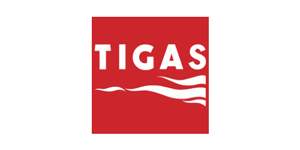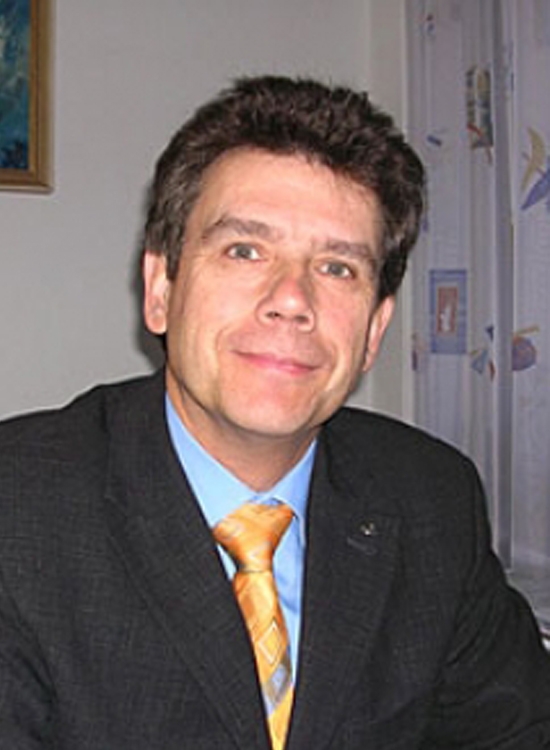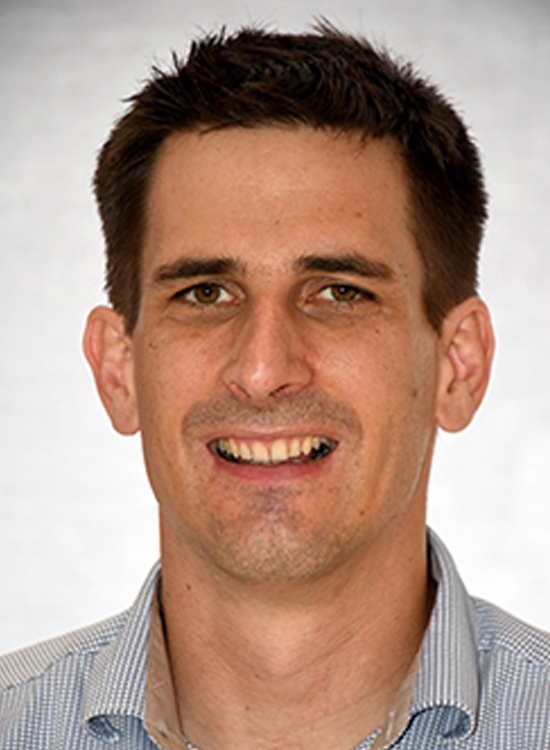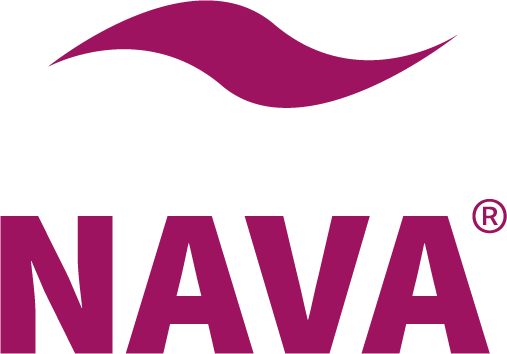Case Study
Things are going uphill

LONELY NATURE; ALPINE LIFE; GENUINE BENEFIT – THAT’S WHAT THE TYROLEAN ALPS STAND FOR. IN THE MIDST OF THIS BEAUTIFUL LANDSCAPE, AN AUGMENTED REALITY APP FROM PADERBORN IS NOW BEING USED: NAVA FOR MEASURING HOUSE CONNECTIONS VIA SMARTPHONE.
MR. FISCHER, IN 2019 YOU DECIDED TO BREAK NEW GROUND IN THE HOUSE CONNECTION MEASUREMENT AND PURCHASED THE NAVA APP. HOW DID THIS DECISION COME ABOUT?
How do you use NAVA in practice?
MR. SCHIRMER, WHAT IS THE TYPICAL PROCEDURE FOR A HOUSE CONNECTION AT TIGAS?
An employee of the construction company then takes over the further proceeding and forwards the order via the NAVA Manager to the smartphone of the responsible pipe fitter. At this point, we have a special feature at TIGAS: Before the construction begins, a surveyor drives to the construction sites in Tyrol and captures the two reference points “A“ and “B“ in the correct position with GPS support.
In addition to these reference points, the pipe fitter later captures the building contour with NAVA, defines the reference line with zero point as well as the alignment and captures the complete course of the pipe with all essential components and the photo evidence in the shortest possible time. We have deliberately reduced the components catalogue to a few positions to keep the process as construction site friendly and user-friendly as possible. This includes the fittings, the house entrance, and the connection point on the area supply line. We can then call up the finished order in the office using the NAVA Manager and convert the captured pipe route into absolute coordinates using Helmert Transformation.
„WE DON’T HAVE ANY ACCURACY PROBLEMS WITH NAVA. THE BOTTOM LINE IS THAT NAVA IS WAY BETTER THAN THE SYSTEM WE HAD BEFORE.”
AND THIS THEN ALLOWS A CORRECT POSITIONAL REPRESENTATION IN THE NIS?
MR. FISCHER, WHICH FUNCTIONS OF NAVA WOULD YOU EMPHASIZE IN PARTICULAR AND WHAT ARE YOUR PRACTICAL EXPERIENCES?
Overall, the system is very easy to handle. We receive similar feedback from the employees of the construction companies on the construction sites. The accuracy is also very high in the construction fields where we use NAVA. Of course, there are always exceptions where NAVA measurements are not feasible due to special local conditions. With NAVA, we do not have any accuracy problems. If errors occur, the source of error is usually the GPS-supported measurement of the reference points done by the construction companies in advance, for example due to unrecognised shadowing, but also due to the assignment to changing coordinate systems. A significant advantage of using NAVA in our processes is the time aspect because the various specialist departments (professionals) involved in the house connection now work in a temporally decoupled manner. For example, there is no need to wait for the surveyor as the survey can be carried out directly at the open trench by the welder and his smartphone. Of course, this was initially also a change for the professional group of welders. Fortunately, however, we are dealing here with a flexible team that has quickly learned how to use NAVA. The fact that from now on manual drawings have no longer to be made was very well received by everyone involved.
The bottom line is that NAVA is much better than the system we had before, and we will certainly continue this path. Mettenmeier has also turned out to be a pleasant partner during the cooperation, who is responsive to our wishes. We are therefore happy to continue to contribute our ideas to the partnership.
THANK YOU VERY MUCH FOR YOUR TRUST AND THE FRIENDLY CONVERSATION.
Contact Persons

Rainer Fischer
TIGAS-Erdgas Tirol GmbH
Phone: +43 512 581084-25031
rainer.fischer@tigas.at

Florian Schirmer
TIGAS-Erdgas Tirol GmbH
Phone: +43 512 581084-25002
florian.schirmer@tigas.at

Joachim Magiera
Mettenmeier GmbH
Phone: +49 5251 150-528
joachim.magiera@mettenmeier.de
